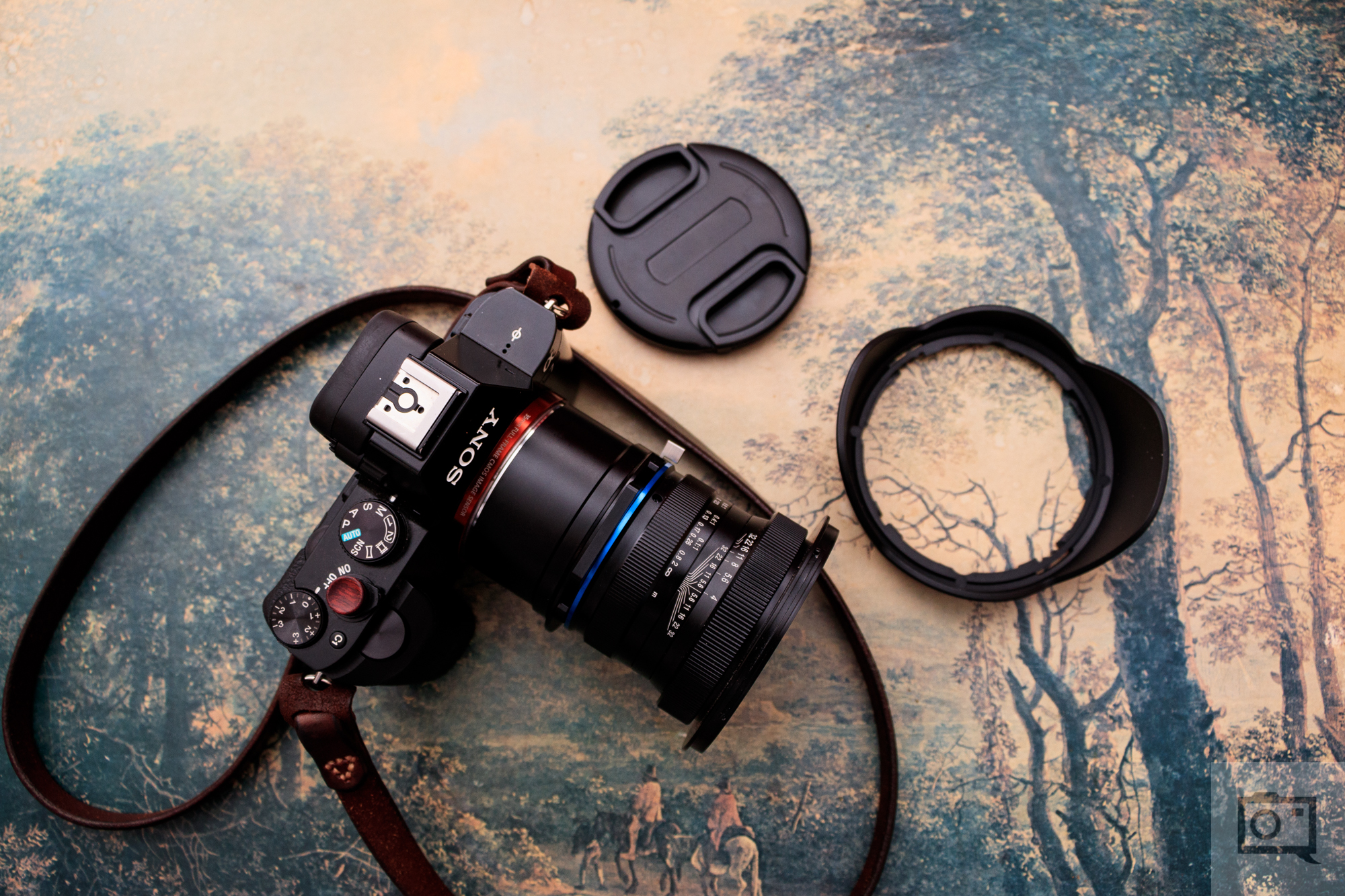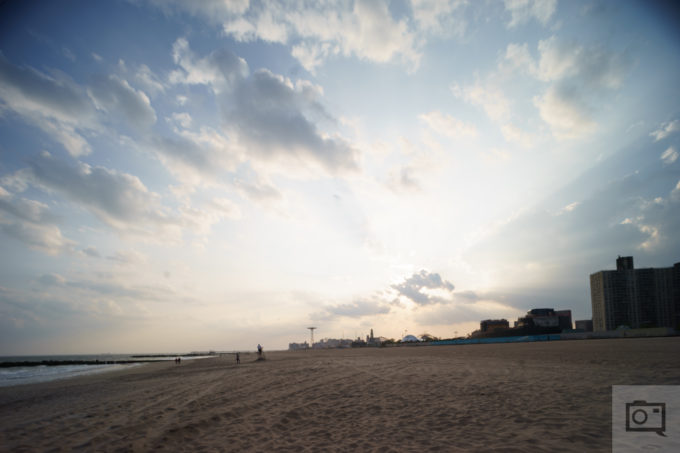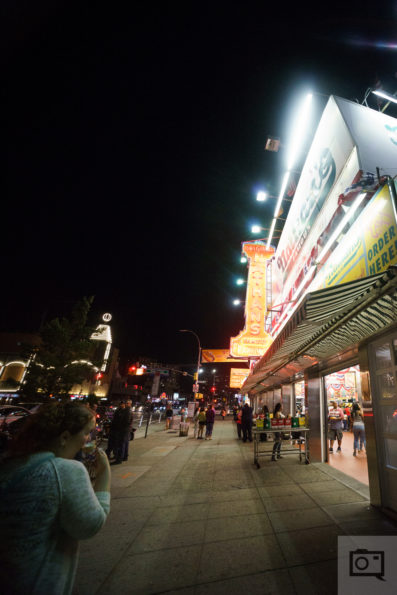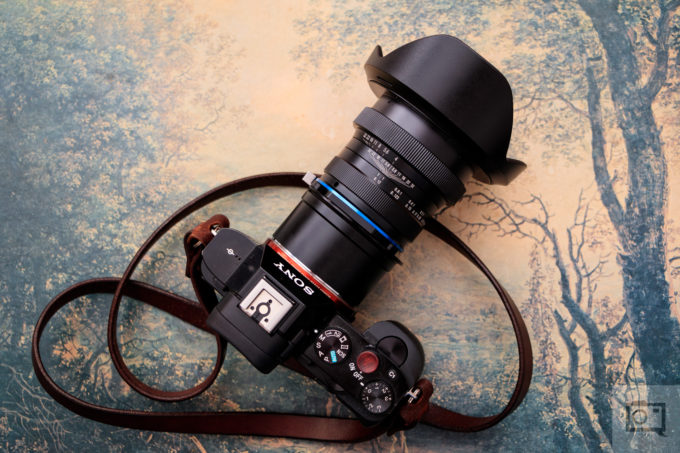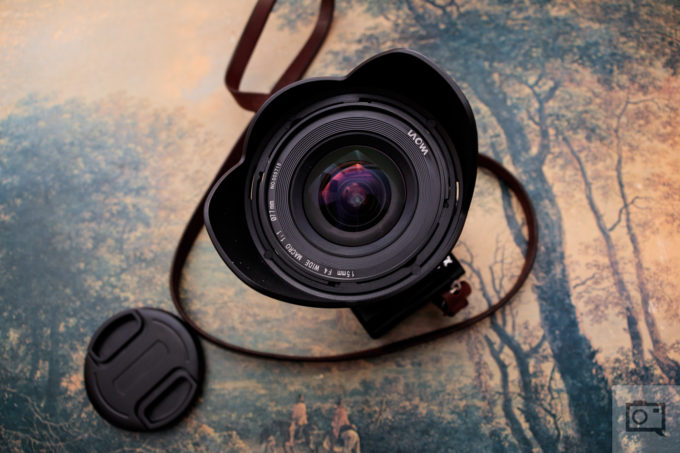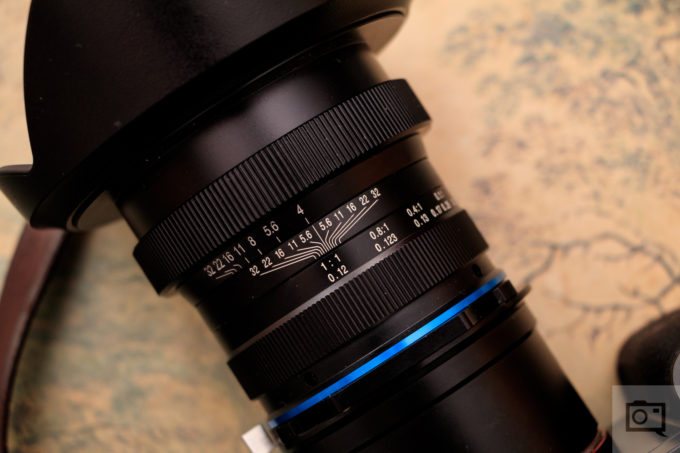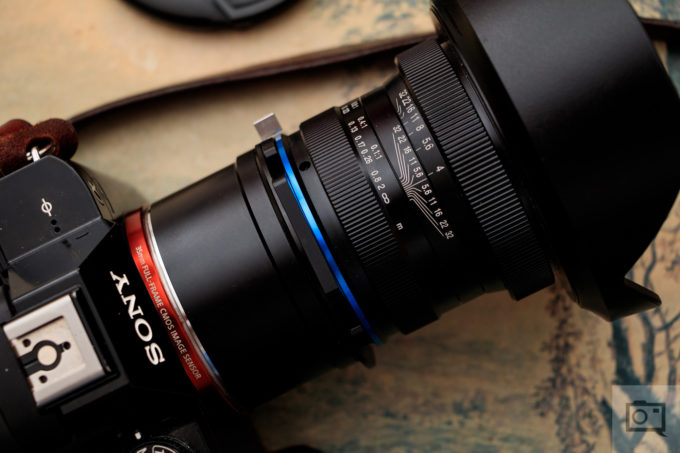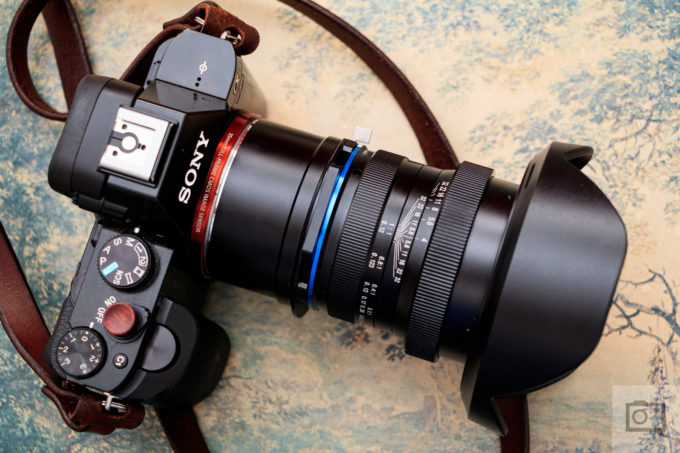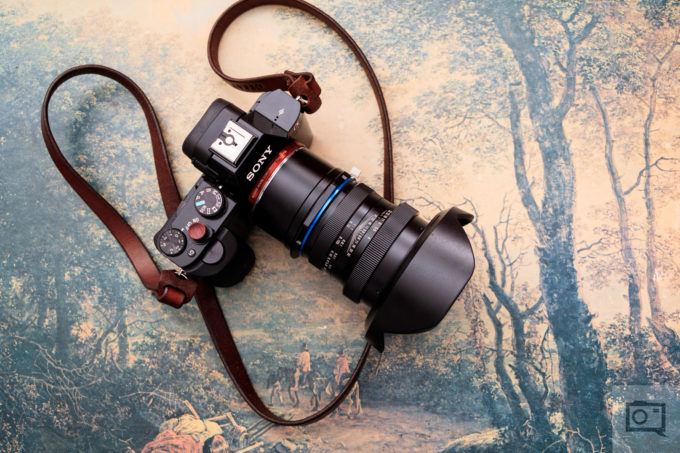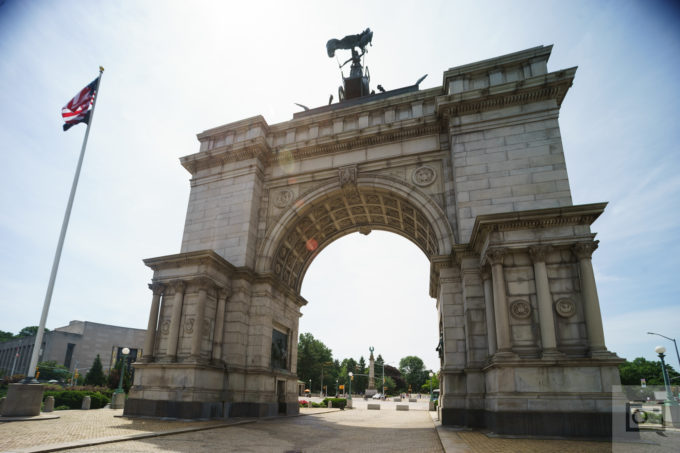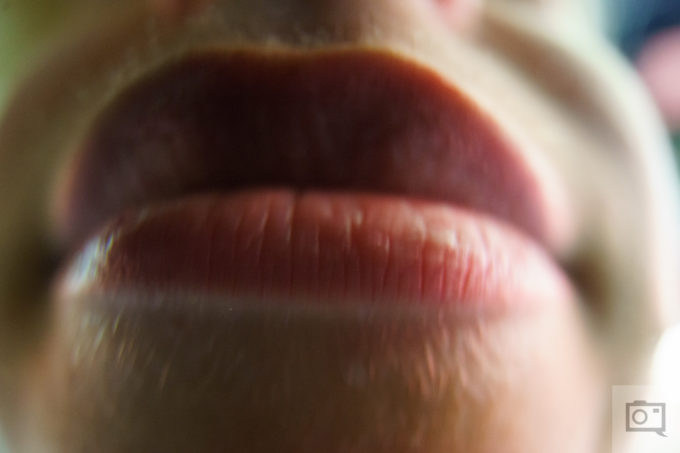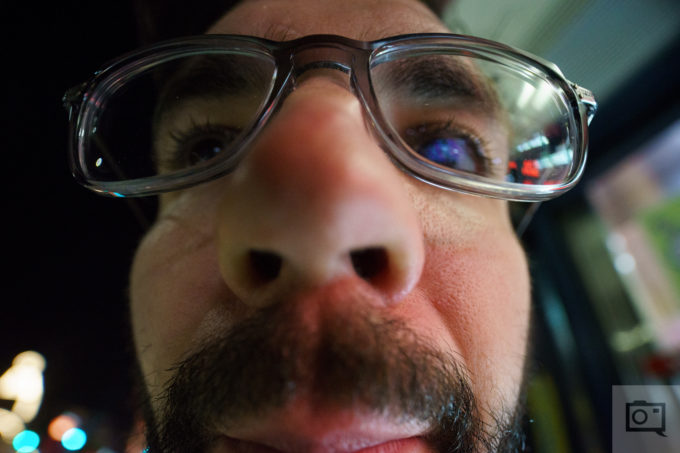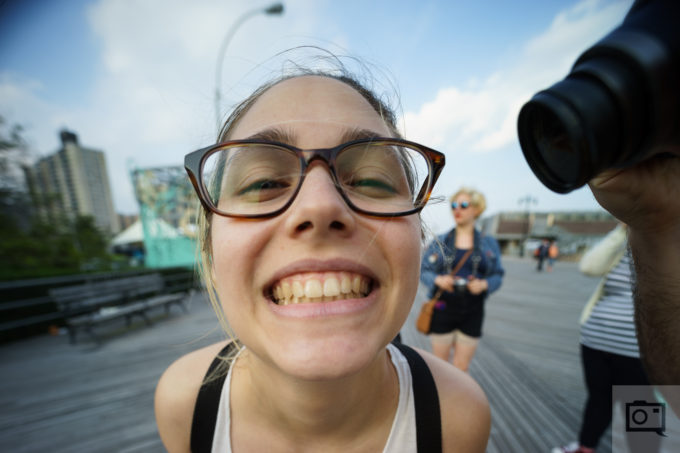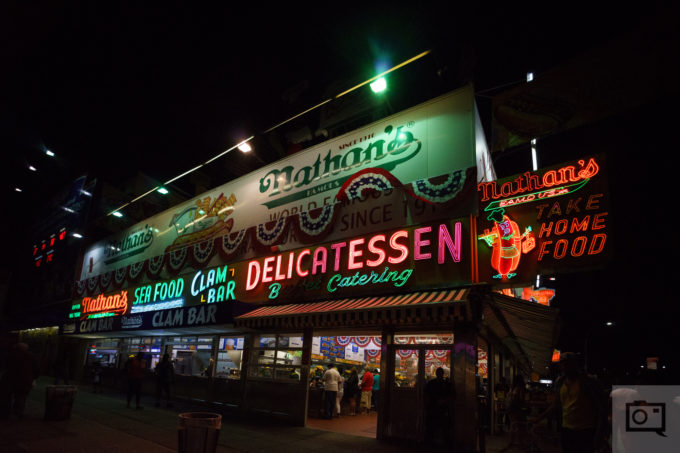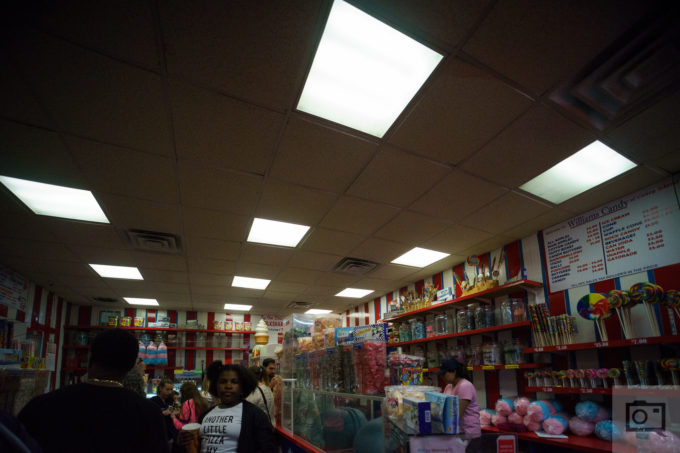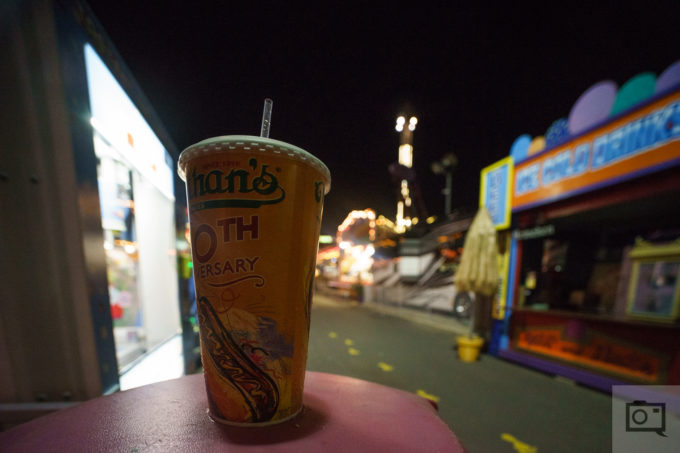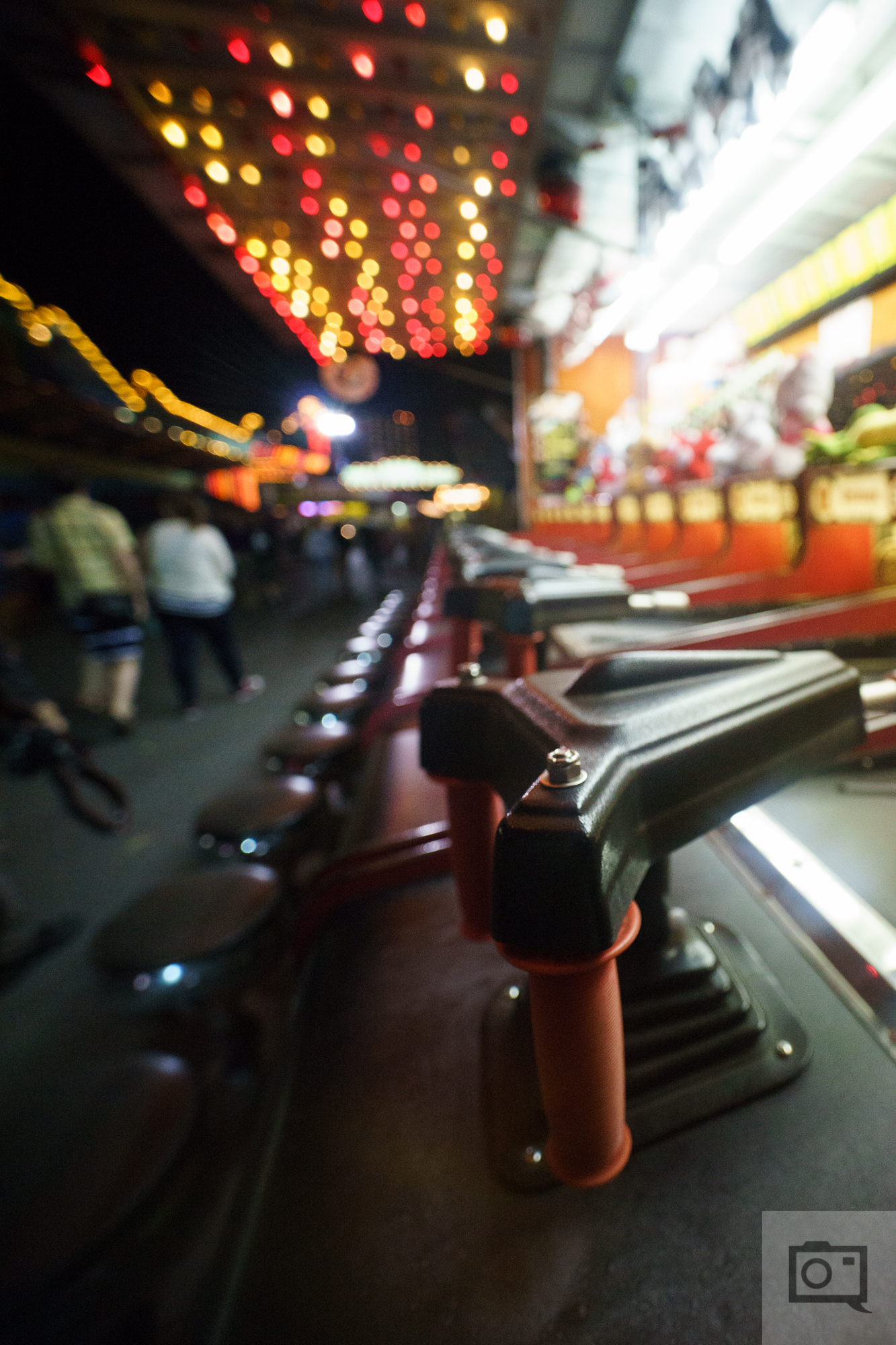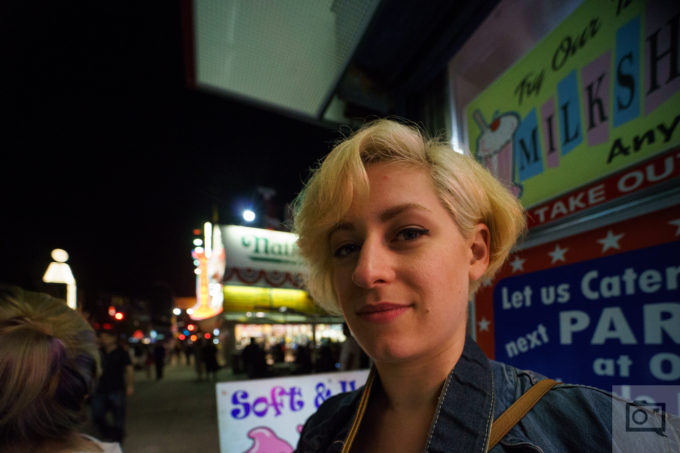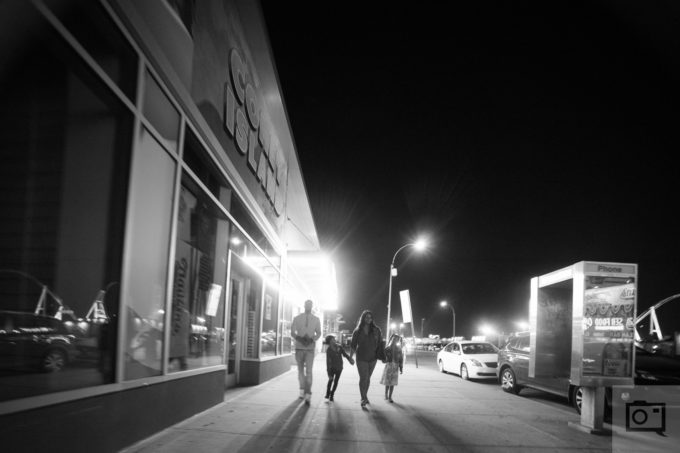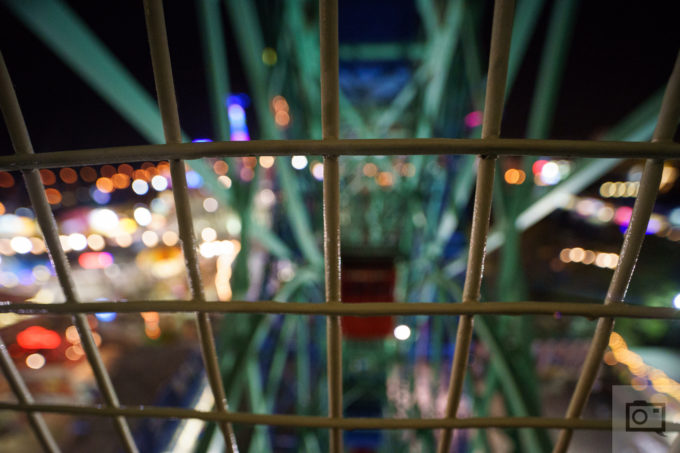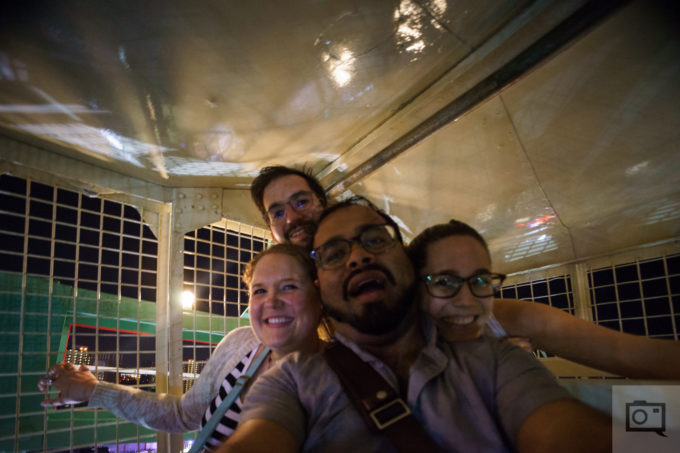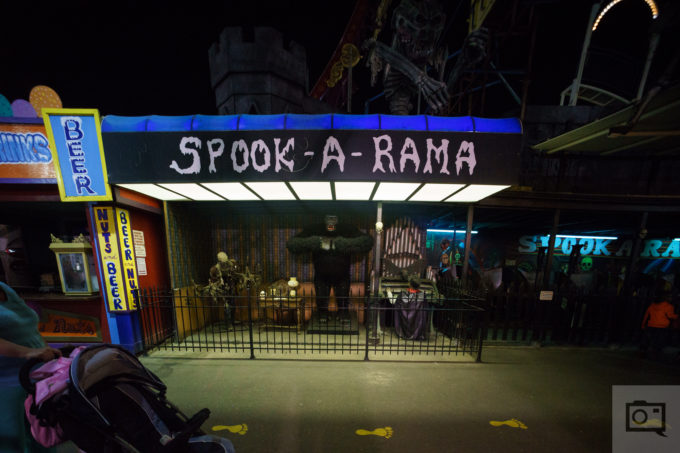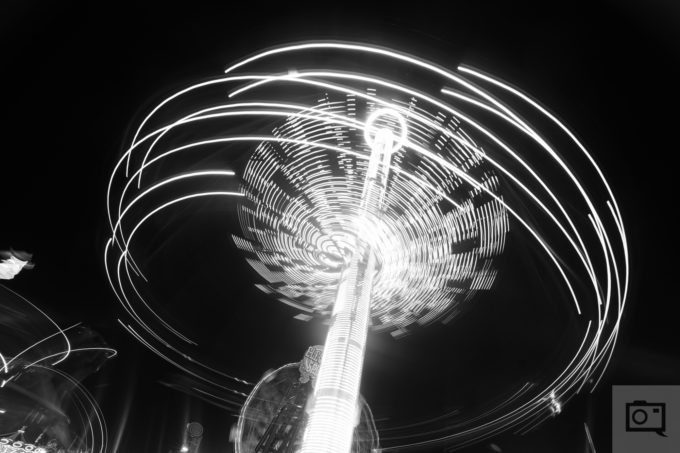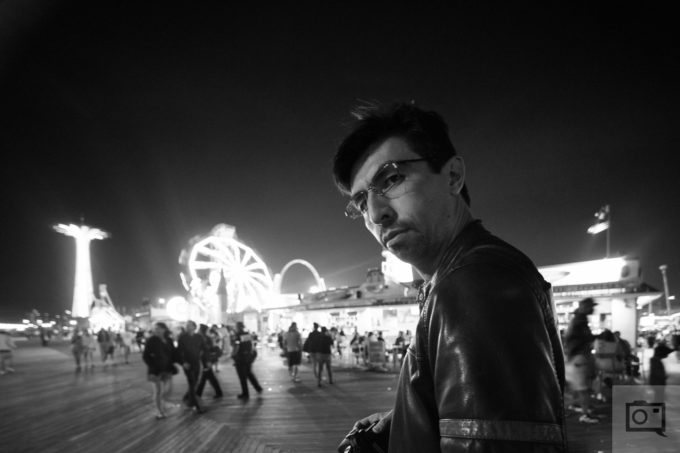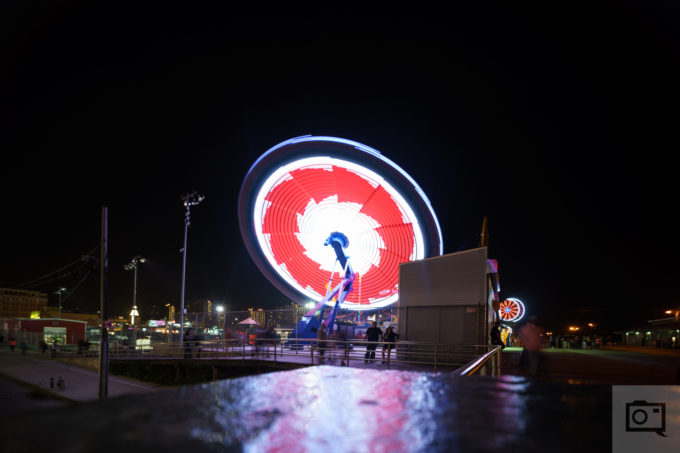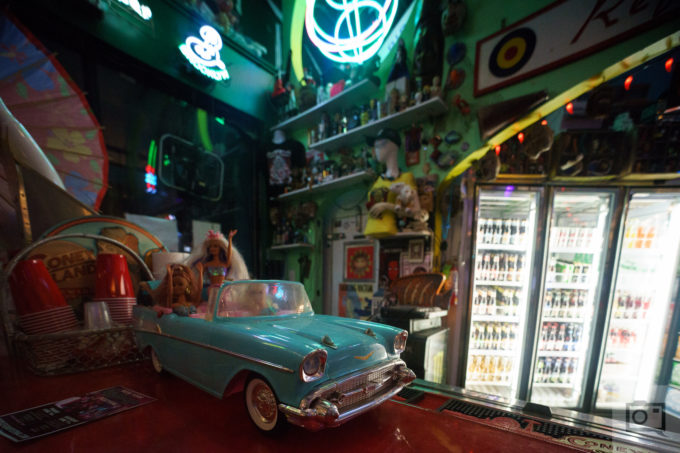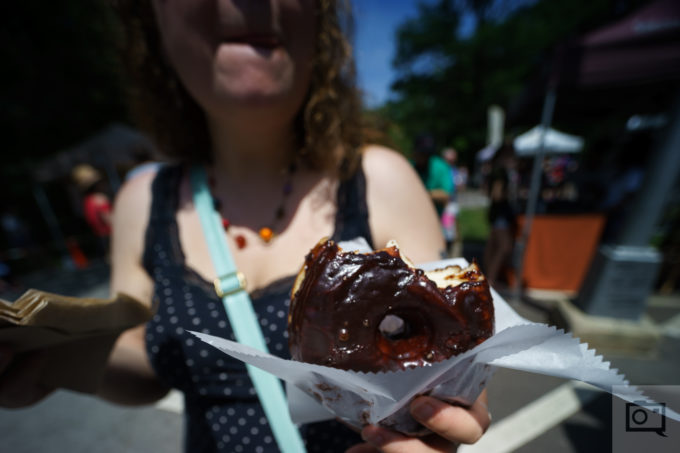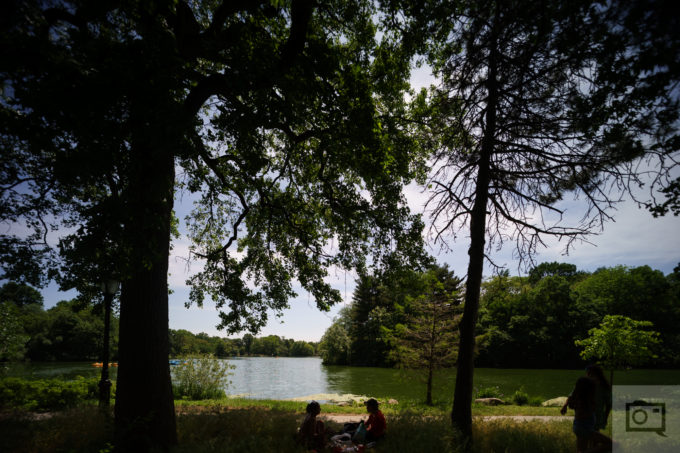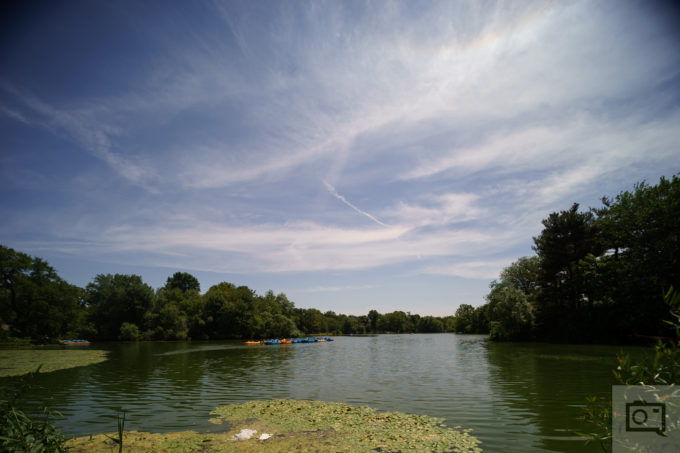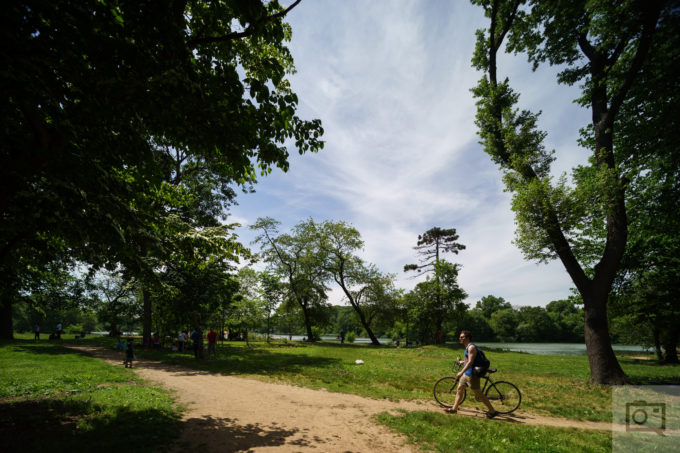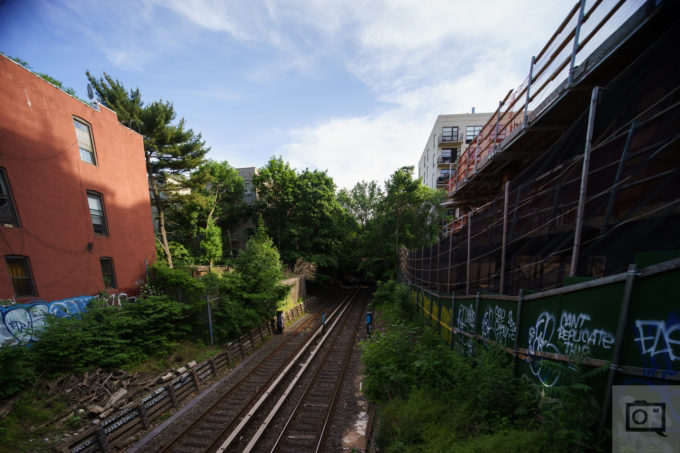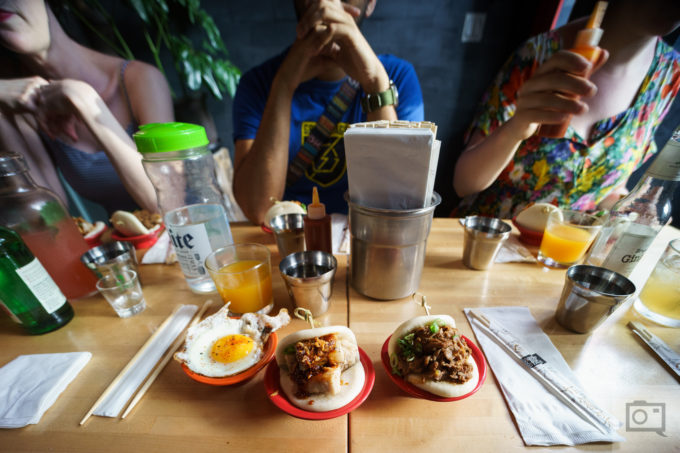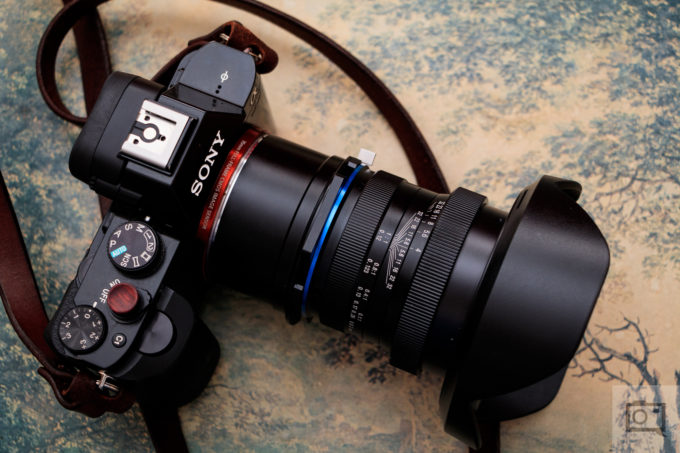Last Updated on 06/08/2016 by Chris Gampat
Wide angle lenses are some of the weirdest but most fun focal lengths out there, and the Laowa 15mm f4 Wide Angle Macro Lens is no exception. They’re often weird because we’re not at all used to focusing or seeing in the way that they present, but that also results in a lot of fun for us as photographers. Landscape, architectural, Real Estate and Cityscape shooters will really love what the Laowa 15mm f4 Macro lens is capable of doing–especially with its perspective control abilities and its fantastic color with Sony cameras.
Starting out at f4 and ending at f32, this lens has an insane 14 aperture blades and is highly capable for the money. In fact, if you’re a photographer that needs a wide angle lens, then it’s incredibly hard to beat this one.
Pros and Cons
Pros
- Great colors! Not super saturated either!
- Great sharpness when used carefully
- Focusing so close that you’re touching the subject is kind of insane
- Due to the really close focusing feature, you can get get some awesome bokeh from this lens
- Fantastic metal built quality
- Very fun!
- Built in perspective control with lens shift is a really awesome feature
- Very affordable
- Design of the focusing scale forces you to be very careful.
Cons
- Lens hood gets in the way when shifting the lens, but you kind of need to expect that.
- Front element tends to get dirty. For that reason it’s best used with a UV filter, that’s not necessarily a con but more like something extra to remember
- Some may complain that it’s “only f4” but that doesn’t matter much.
Gear Used
The Laowa 15mm f/4 Wide Angle Macro Lens was tested with the Sony a7 camera.
Tech Specs
Specs taken from the product page listing
| Focal Length | 15mm |
| Maximum Aperture | F/4 |
| Minimum Aperture | F/32 |
| Angle of View | 110 degrees (FF) 85 degrees (APS-C) |
| Format Compatibility | Full Frame |
| Shift (for APS-C sensors only) | +/- 6 mm |
| Lens Structure | 12 elements in 9 groups (High Refractive Elements x 3pcs, Extra-low Disperson Elements x 1pc) |
| Aperture Blades | 14 |
| Min. working distance | 0.47 cm (1:1) |
| Min. shooting distance | 12 cm |
| Max. Magnification Ratio | 1:1 |
| Focus | Manual Focus |
| Filter Thread | 77mm |
| Dimensions | 83.8 x 64.7 mm |
| Weight | 410g |
Ergonomics
Most wide angle lenses look similar to one another; and that’s honestly expected considering a number of factors involving design. But the Laowa 15mm f4 is different in some respects. For example, look at everything behind the Blue ring. It’s kind of just extra space with an adapter (sort of) and room for the shifting feature.
Turn to the front of the lens and what you’ll spot is the front element. Said element can be very susceptible to fingerprints. For that reason, it’s best to attach a 77mm filter to the front. There is also the lens hood, which is considerably wide.
Move in closer and you’ll spot the mechanics behind the lens. It has an aperture ring, a focusing ring, a dpeht of field scale, a focusing scale and these rings are made of metal. It’s designed to be tough and also designed for quite a bit of precision at an affordable price point.
When connected to the a7, it seems like such a large piece of glass. Indeed, it can be tough to get into some camera bags; but it isn’t too much of a major bother.
Build Quality
This lens is a solidly built beast. There is no weather sealing but that didn’t seem to be much of an issue as I took the lens to Coney Island and through the rain. Since the front element is so prone to smearing though in real life use, I’d recommend using a UV filter–especially if you happen to just be walking around casually taking photos.
Even the shifting mechanism is solid; at first you probably will be afraid to apply pressure to shift it in the right direction, but you’ll eventually get over it. This feature is a big reason for architecture and landscape shooters to want to get into working with this lens.
Ease of Use
I honestly want to call this lens a very precise and creative tool for a photographer. It’s designed simply enough that when I let my friend use it for hours, she had no issues at all. But to make the most of using this lens I strongly recommend putting the camera down on a tripod, carefully focusing, stopping down, shifting, and even using filters. Call it proper photography if you will–however you’ll end up with excellent photos once you decide to put the effort into it.
Is it as simple as autofocusing and shooting? Not really–you’ll need to manually focus but so much will be in focus anyway due to its design.
Focusing
As stated in the previous section, this is a manual focus lens–so you’re best off using focus magnification and focus peaking to get the best results in practice. Focusing is a combination of both obviously focusing the lens but also stopping down accordingly. Either way, if you’re used to and familiar with manual focus lenses then you won’t have any sort of major problems.
What I really like about this lens is the uber close focusing abilities that it has. You are absolutely best off working with this lens using manual flash output in order to get the sharpest images when focusing up close. But it’s fun to know that you can shoot super wide up and then get super up close and personal.
It’s going to result in a lot of fun for you.
Another reason why I recommend using a UV filter is because if you get that close up to focusing on a subject then you’ll probably end up touching it and therefore smudging the front element. A UV filter just makes sense.
Image Quality
When it comes to the image quality of the Laowa 15mm f4 macro lens, there is honestly not a whole lot to complain about. Its output doesn’t feel like a Rokinon, Zeiss, Sigma, Tokina or other lenses. Instead, it feels slightly muted when it comes to colors–and that can be a good thing for many. It doesn’t feel uberly razor bleeding edge sharp, but it still is highly capable. The reason for the images not feeling this way is due to a lack of micro-contrast–kind of like what you’d get from Zeiss or some Sigma lenses. Instead what you’re getting is just pure, genuine sharpness when combined with careful work on your part.
Oh yeah, and there’s bokeh in case you haven’t seen it from the previous images.
Bokeh
This lens has 14 aperture blades. If it were a long focal length, I’d be sitting here drooling at the bokeh; but it’s a wide angle. Luckily it has macro focusing capabilities and you’re bound to get bokeh from that. The bokeh tends to be a combination of both hazy and creamy. For what it’s worth, it’s quite awesome.
I highly doubt anyone buying this lens for serious work will care for bokeh, but if you’re putzing around, you’ll be glad to sit there and not only stick the camera and lens into someone’s grill but also enjoy the distorted view along with the bokeh.
Color Rendition
To be honest with you, the color rendition is truly unlike anything I’ve seen in years. It’s a bit more saturated than anything SLR Magic ever made but nowhere as saturated as what most of the the Japanese, Germans and the Koreans produce. Instead, what you’re getting is an optic that helps you deliver images that have a film-like analogue feeling to them. To be very honest, I love that. In fact, I’m freakin’ ecstatic for that.
When you slap the lens onto a Sony camera and shift the color profile into Deep or Vivid, you’re bound to get something that looks like an iconic film emulsion.
It’s a true thing of beauty.
Chromatic Aberration
When it comes to purple fringing or other problems, I didn’t experience anything that would make me want to cy home about. To be more clear, I didn’t find any sort of purple fringing from the SOOC output. Additionally, the shifting abilities help with things like distortion if needed.
Sharpness
Oh man in this lens sharp. At f4 it’s already quite capable and when stopped down just a bit it becomes even more amazing. You’ll have almost no good reason to stop it down if you’re trying to get bokeh, but if you’re shooting a landscape then you’ll need to stop down for sure.
Extra Image Samples
Conclusions
Likes
- Great build
- Beautiful colors
- Shifting effect is nice
- Smooth focusing
Dislikes
- Nothing that can’t be easily fixed.
The Laowa 15mm f4 wide angle macro lens is plenty capable in the hands of the experienced photographers and even novices. For a novice, it can be a fun tool with bokeh and the ability to get really up close and personal. Pros will appreciate its precision. Everyone will appreciate the image quality at the price point.
The Laowa 15mm f4 wide angle Macro lens receives five out of five stars. Want one? Check out the Amazon listing for the latest prices.
Recommended Cameras
Sony a7r II: The Sony king of resolution is a no brainer for a lens like this and landscape shooters.
Canon 5Ds: Resolution and amazing high ISO output make this lens perfect for the 5Ds.


